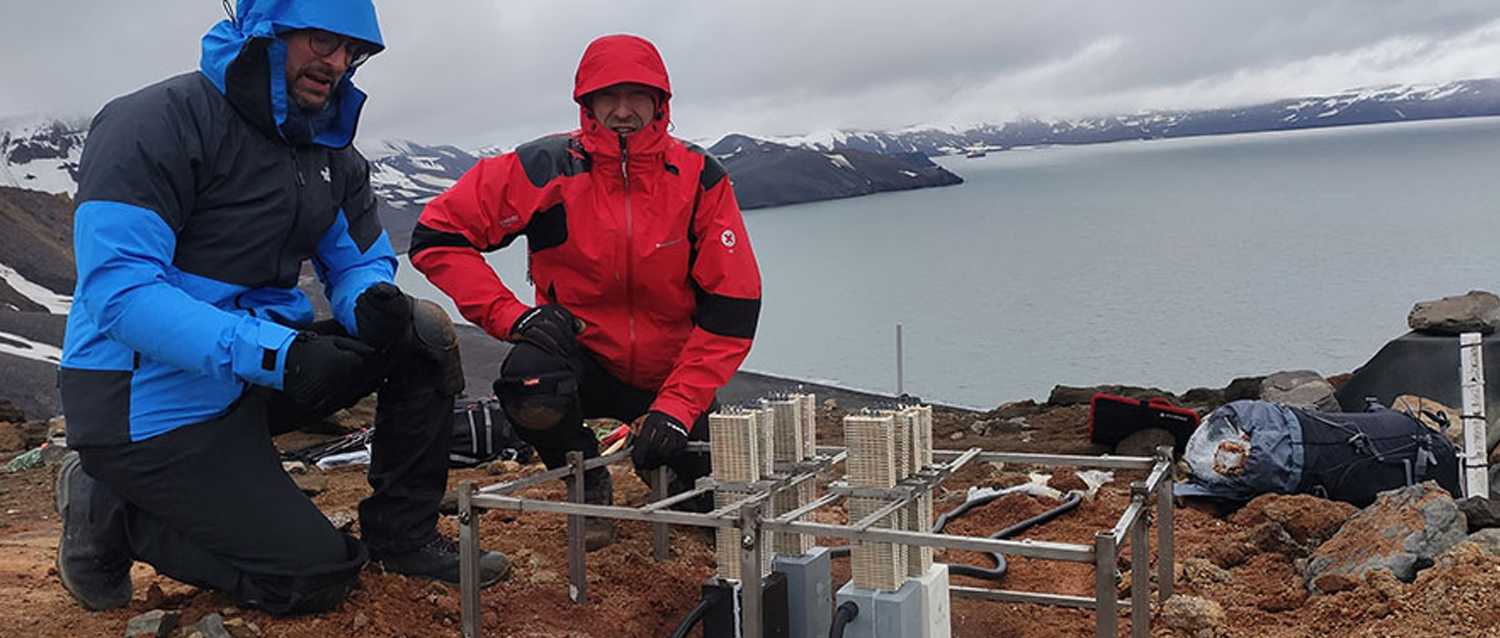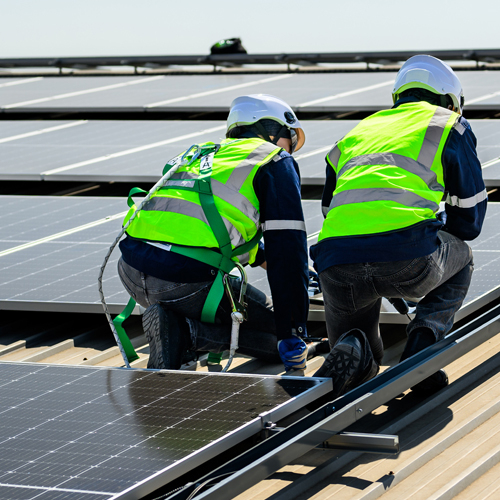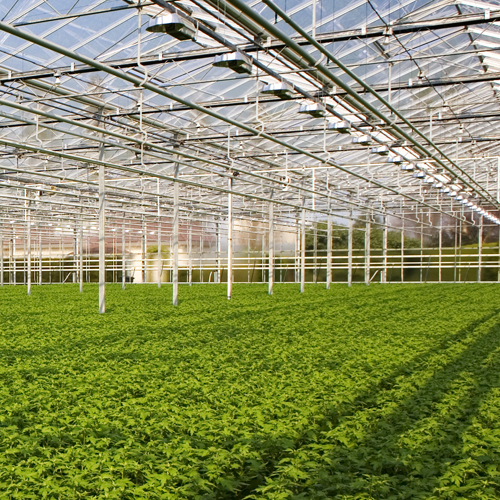You know we love to share and promote innovative projects that help reduce environmental footprint and contribute to the well-being of our planet. Today we're talking about an initiative developed by Spanish researchers from the University of Navarra: the Vivoteg project. Let us tell you about it in a minute!

Miguel Araiz (left) and David Astrain, next to one of the geothermal thermoelectric generators, which harness the heat of the Earth to generate electricity. (Image: UPNA)
Antarctic soil, a source of energy
Lately, there have been several volcanic eruptions that have occurred suddenly in various parts of the Earth. One of the challenges for researchers is to obtain prior information to predict volcanic eruptions and thus be able to take measures to protect the population.
A group of researchers from the University of Navarra, led by Professor David Astrain, have managed to generate electricity by harnessing the heat from the subsurface of a volcano located in Antarctica. It is an unprecedented technology based on thermoelectric modules that can transform geothermal heat into electrical energy continuously. The energy generated will power volcano monitoring stations, which will collect data and monitor their activity to predict volcanic eruptions.
The Vivoteg project has been tested on an active volcano located in Antarctica (Deception Island). If the results are as expected within a year and the technology functions correctly, it will be extrapolated to other volcanoes around the world.
This initiative aims to increase safety in volcanic risk areas and, at the same time, has achieved a very significant milestone: generating renewable energy in one of the most remote areas of the planet, Antarctica.
You can find more details about the news on the UPNA (Public University of Navarra) website.

One of the geothermal thermoelectric generators designed at UPNA and installed in Antarctica. (Image: UPNA)
Lately, there have been several volcanic eruptions that have occurred suddenly in various parts of the Earth. One of the challenges for researchers is to obtain prior information to predict volcanic eruptions and thus be able to take measures to protect the population.
A group of researchers from the University of Navarra, led by Professor David Astrain, have managed to generate electricity by harnessing the heat from the subsurface of a volcano located in Antarctica. It is an unprecedented technology based on thermoelectric modules that can transform geothermal heat into electrical energy continuously. The energy generated will power volcano monitoring stations, which will collect data and monitor their activity to predict volcanic eruptions.
The Vivoteg project has been tested on an active volcano located in Antarctica (Deception Island). If the results are as expected within a year and the technology functions correctly, it will be extrapolated to other volcanoes around the world.
This initiative aims to increase safety in volcanic risk areas and, at the same time, has achieved a very significant milestone: generating renewable energy in one of the most remote areas of the planet, Antarctica.
You can find more details about the news on the UPNA (Public University of Navarra) website.

One of the geothermal thermoelectric generators designed at UPNA and installed in Antarctica. (Image: UPNA)
Did you like this post? Check out our latest current news!




